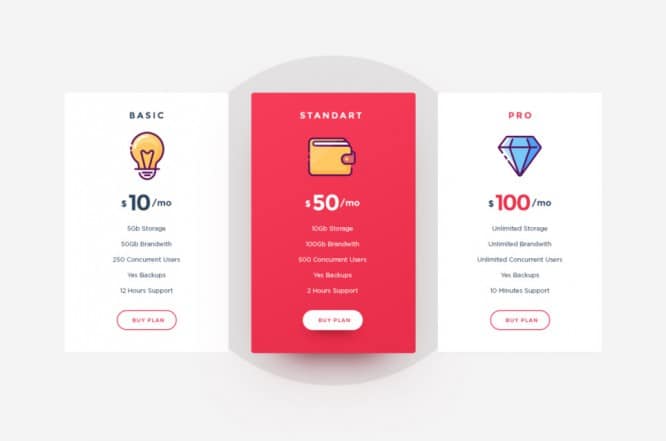5 design professions that will cease to exist in the future
5 design professions that will cease to exist in the future
And 7 professions to keep, according to design leaders from Frog, Ideo, Artefact, Teague, and more.
Organ Designers, Lead Designers for Drone Experience, Head of Cybernetics. These are some of the quirky new roles that the global design industry could create in the next few years.
But what will become of the professions that exist now? What will become of them over the next 15 years? Will every company have a chief designer by 2030, or will they all disappear? Should our generation of creative people continue to invest in industrial design?
We spoke to dozens of design leaders and thinkers from companies such as Frog, Artefact, and Ideo to understand which design professions may disappear and which will flourish over the next 15 years. This collection is not supported by any empirical evidence, so it should not be taken too seriously. Still, it represents the opinion of people who are paid to think about the future.
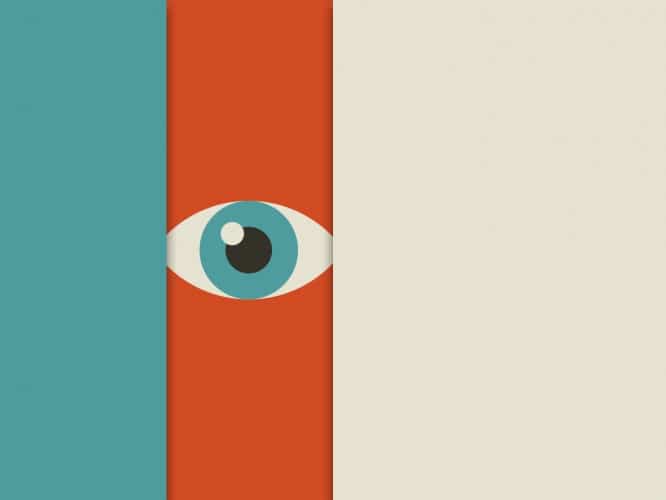
Design professions that will disappear
UX designers
User experience designers are by far the most sought after designers. So why on earth will this profession disappear? According to the designers at Teague, UX design has become too broad and confusing. “The design community has used the term ‘UX designer’ too ambiguously,” they write in their letter. “From job to job, from year to year, the term jumps between disparate responsibilities, tools and disciplines. He’s currently sort of settled on introducing the democratized design skills that create user-friendly GUIs. ” They predict that UX design will delve into more specialized areas in the future. “The expanding field of user experience, and the myriad of its disciplines, will push the term ‘UX designer’ to the brink, dividing their responsibilities into those of narrowly focused specialists.
Visual designers
Visual designers are the people who are responsible for how the application looks. Meanwhile, UX designers focus on how the app feels. Often, designers do both, but over time, professions that only require visual design skills will die out. That’s according to Elephant CEO Charles Fulford. “Gone are the days when UX designers dumped tons of wireframes on visual designers,” “the days when visual designers didn’t understand usability.” We need designers who can not only outline their idea, but also bring it to life, designers who have programming and prototyping skills.
Rob Goerling, co-founder of the design consulting agency Artefact, agrees. “In the next 10 years, all visual design professions will be complemented by algorithmic visual approaches.” After all, design companies are increasingly turning to artificial intelligence to create previously impossible algorithmic designs. “An AI-driven tool can automatically provide a designer with 100 layouts based on some high-level template or style definition … We’re already seeing early versions of algorithmic, procedurally generated tools in game for game designers.” For example, a universe of 17 billion planets from the recently released No Man’s Sky game was generated algorithmically.
In short? If you are a visual designer, then it’s time for you to diversify.
Design Researchers
“When ethnographic research was a novelty in design, there were designers who specialized in research,” explains Harry West, CEO of Frog. “Now, the role of a design researcher is becoming a fundamental skill required in all areas of design. Today, in all design projects, you must first define what the client wants; every designer needs to know how to organize research. “Consequently, no one needs specifically the researchers themselves. This role is so fundamental that every designer must know how to conduct research. “
John Russo, chief executive at Artefact, points out this: “New technologies like machine learning and virtual reality are killing design research.” “Design research as we know it may cease to exist, at least for the kinds of ethnographic fieldwork that we are doing today.” “Research and researchers are likely to be marginalized by new forms of automated data generation compiled through remote control and introduced through technologies such as virtual reality.”

Traditional industrial designers
Most of the designers we interviewed, predictably, painted blooming perspectives in their area. But not Markus Wierzoch, director of industrial design at Artefact. He says that classically trained industrial designers who are too attached to the “industrial” part of their profession – in other words, too focused on the sculptural appearance of their products – will become, as he put it, “Designosaurs.”
“Even more than before, industrial design cannot exist in a vacuum,” he says. The problem is that the form no longer follows the function – this also applies to software. This means that in the future, industrial designers will have to think about continuous user experience. Wierzoch calls these designers “post-industrial designers.”
Doreen Lorenzo, head of integrated design at UT Austin, also believes that classically trained industrial designers will soon disappear. “In the future, all designers will be hybrids,” she says.
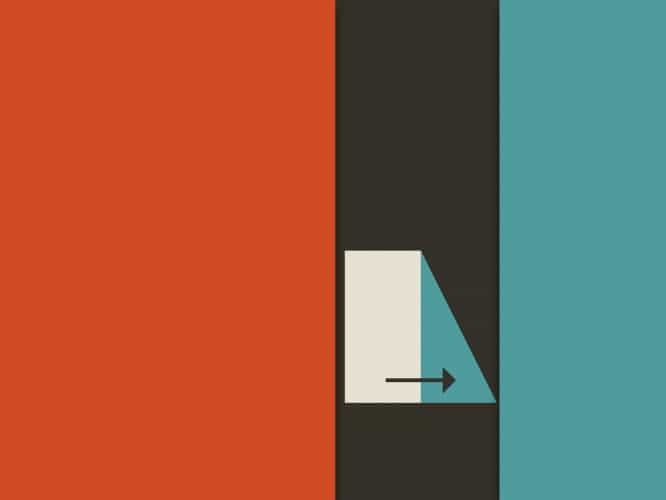
Chief designers
“Having a high-level designer is a recent trend,” says Sherrill Kababa, deputy director of design at Artifact. And this role can and should disappear. “Good design is a complex science, which means that in a design-oriented company, all executives will practice design, and therefore the position of chief designer will disappear as quickly as it appeared.”
CEO Tim Brown echoes the idea that design will be anchored at the executive level, but he doesn’t think executives themselves will disappear. “Business goes from a long period where analytical skills were highly valued because they brought efficiency with them, to a period in which creative and design skills are very important when dealing with complexity, change, and the demand for constant innovation … Leadership will have to become designers to be successful. “
Design professions that will thrive
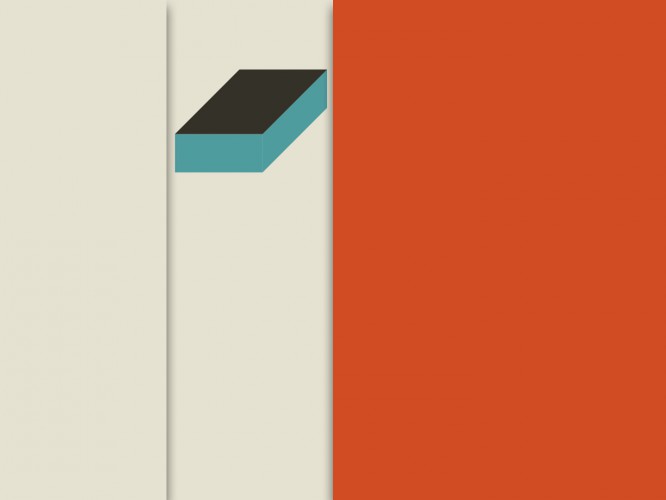
Virtual interaction designers
By 2020, virtual and augmented reality will become a $ 150 billion industry that will cover everything from healthcare to architecture. Doreen Lorenzo thinks that more and more UI designers will start to associate themselves with the Oculus Rift, and become VI designers. “As more and more products become fully virtual – from chatbots to 3D projections – we will see a new generation of virtual interaction designers who will create experiences driven by dialogue, gesture and light,” she says.
Material Design Specialists
Yvonne Lin, of 4B Collective, believes that in the near future there will be a growing need for designers who can work with different types of materials. For example, she believes that bamboo architecture will grow as the Western world realizes “the promise of a durable material that can grow 3 feet in 24 hours, be very flexible, laminate, join, and cut.”
She also says that designers who know how to sew will soon be in high demand for structured soft goods. What are soft structured goods? Something like MIT’s Neri Oxman design, a mix of PCBs and fabrics like Google’s Project Jacquard.
Algorithmic / AI Design Specialists
For 15 years, some of the designers we spoke to were afraid that cars would take their place. And while “applied creativity is fundamentally hard to program,” says Rob Gerling and Artifact, artificial intelligence will create new possibilities in design, creating so many of these possibilities that Gorling and other designers we talked to believe that AI, and algorithms represent a growing area.
“People-centered design has expanded from object design (industrial design) to experience design (adding interactive design, visual design, and space design), and the next step is system behavior design: designing algorithms that determine the behavior of automatic systems.”
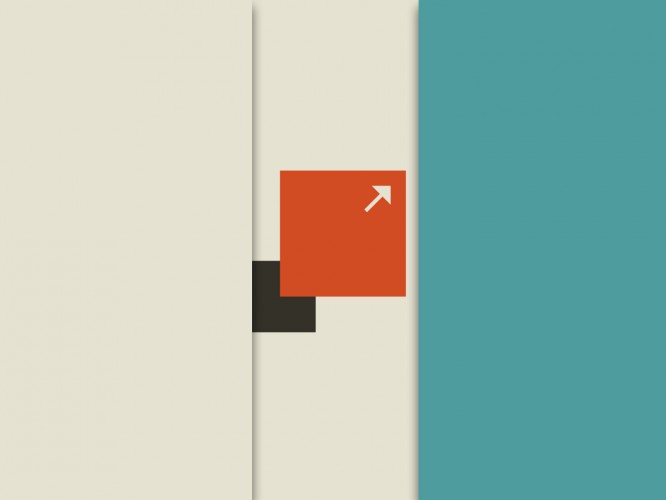
Post-industrial designers
“As all objects begin to connect — from your couch linked to your fitness bracelet to the hospital room linked to your wallet — we need to start thinking about the connecting experience,” says Markus Wierzoch of Artifact. Such experiences offer a broader value proposition, which means we need to change the design processes that defined objects outside of their current form and function. “
Post-industrial designers will need to think through the entire user experience of a product to create a tangible experience that connects the physical and digital worlds. “
For example, a future designer who needs to design an electric toothbrush will need to make sure it can connect to an app, give out brushing preferences, and connect to future smart homes. It’s no longer enough just to design something that brushes your teeth. “Someone has to be responsible for putting together complex experiences,” says Mark Rolston, of Agrodesign.
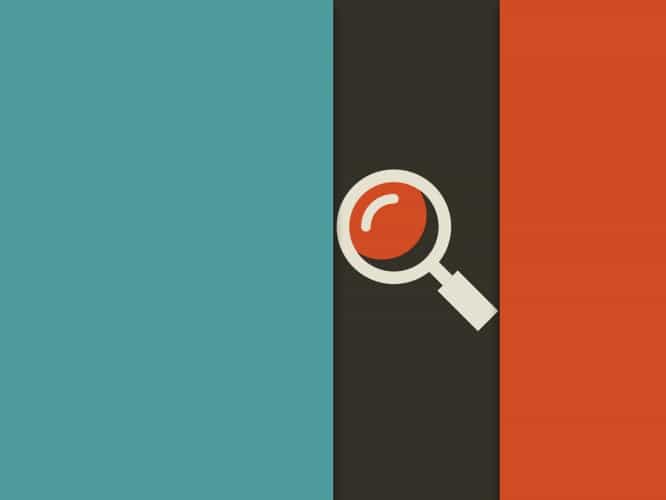
Design strategists
Researchers may have less work over the next 15 years, but John Russo, of Artifact, thinks design strategists will be indispensable. “The importance of design strategy will grow,” he says. “Future design strategists will need the skill to understand and model increasingly complex systems” – for example, social media or supply chains – “they will create new products and services in a volatile environment characterized by high levels of uncertainty.”
Organizational designers
Organization charts of the future will be different from what they are now. This is why Brian Walker, Partner at Ideo, believes that organizational designers will come in handy when it comes to making companies more “responsive, creative, and profitable.” These designers, he says, “will help rethink every aspect of an organization, from its core structure, incentives, processes, to workplaces, digital collaboration tools, and communication.”
Freelance designers
Get in the habit of working in your pajamas. According to the designers at Teague, the future of design is freelancing. Creative AI, and global creative markets will provide private designers with direct access to skills previously only available to large teams. The result will be a rapid increase in design specialization, efficiency, and independence. They believe that freelancers will not be lonely, but will create a network of targeted micro-consultations that will compete with more traditional companies.
Source: uxgu.ru
…



